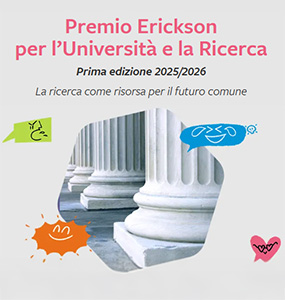Music therapy in schools for an inclusive dialogue
Bruno Galante, Genoveffa Martone, Carmela Trusio
This article demonstrates how it is possible to implement training and educational programmes characterised by concrete, applied, practical pedagogy, which actually affects the real life of pupils and teachers, and creates school inclusion in very different situations. Studies relating to the whole sound-human being complex, in which sound, music and movement are the same unit moving in a relationship between sound and reception, are presented and promoted. From this perspective, bringing music therapy techniques into schools does not mean using sounds to facilitate confrontation with a disease or deficit. The point in question is to identify educational activities that enhance listening and non-verbal language. The handwriting process technique, described in its theoretical principles, is presented in highlighting the phases of the training model in a school in Naples. The experiences of pupils and teachers and experimentation in teaching methodology demonstrates how to work with sound, using an approach characterised by music therapy, with the aim of activating metacognitive teaching and stimulating inclusive communicative contexts.
Keywords
Individualisation, Inclusive dialogue, Music therapy, Handwriting process


